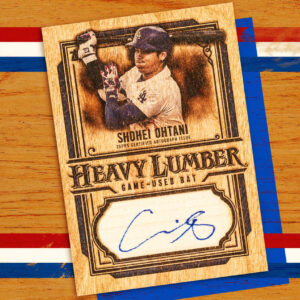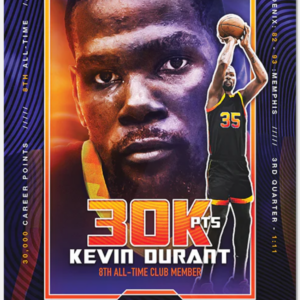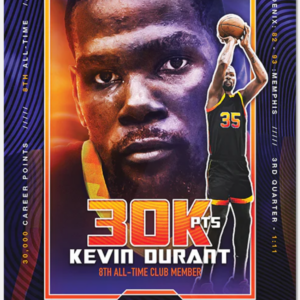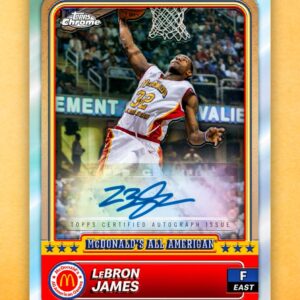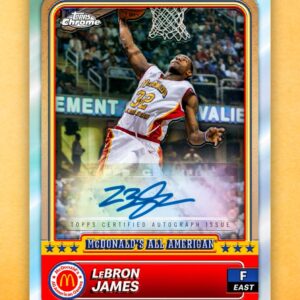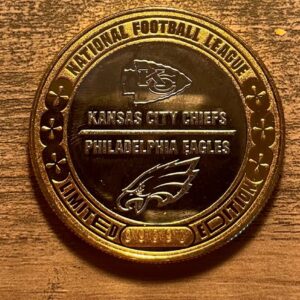Inspiration doesn’t always grace us with its presence during grand, contemplative moments. Sometimes, it sneaks up on us while we’re engaged in the most mundane of tasks, like commuting on a busy subway line. For Phil Imbriano, a senior designer at Topps, this was exactly the case. Indulging in his usual ritualistic commute aboard the New York City subway, Imbriano spotted something remarkable—a red-and-silver badge tucked in the corner of the train car, gleaming with sleek lines and irresistible curves. Captivated, he snapped a quick photograph. By the time he arrived at Topps, his mind was ablaze with ideas, his sketchpad rapidly filling with fresh concepts for the next big project: the 2025 Topps Series 1 baseball cards.
Today, that moment of inspiration reaches fruition as the eagerly awaited cards officially launch. In this design, collectors will encounter two dynamic lines that artfully sweep up the left side and across the top of the card—an aesthetic echo that may remind seasoned collectors of the iconic 1982 Topps set. Yet there lies a modern, team-specific twist: the lines now color-match to each team’s unique hues.
Interestingly, this nostalgic connection wasn’t part of Imbriano’s original blueprint. Initially envisioning something akin to the woodgrain appeal found in the 1962 and 1987 sets, the nod to 1982 emerged serendipitously. “The ’82 connection was a happy accident,” Imbriano revealed. “But I think it works because it blends vintage style with a modern twist.”
The creation process within Topps is nothing short of a competitive spectacle. Designers submit their boldest proposals, engaging in a months-long battle that whittles numerous submissions down to the coveted winner—the design that will define a year’s worth of cardboard treasures. Imbriano’s subway-inspired vision bested over 20 other submissions. Yet even in defeat, designs often leave their mark; elements from past submissions frequently find life in future sets. This year’s cards feature a small field graphic in the bottom right corner marking the player’s position—a nod to designs that almost made the cut.
From that initial subway encounter, Imbriano painstakingly crafted and then discarded roughly a dozen variations before settling on the final masterpiece. “There’s so much that goes into this process,” he mused. “I don’t think most people realize how much work happens before they ever hold the card in their hands.”
But the journey from digital conception to physical reality is a meticulous one. Once designs are finalized on screen, Topps develops tangible prototypes—a crucial step in evaluating not only the visual appeal but also the tactile experience. “When we’re down to the final five designs, we actually print them out and simulate opening a pack,” explained Clay Luraschi, Topps’ senior vice president of product. “It’s a long, competitive process, and it’s one of the biggest debates we have in the office all year.”
This dedication mirrors the tradition bound within Topps’ storied history. From Sy Berger crafting designs on his kitchen table decades ago to today’s technologically advanced strategies, every card set bridges the past with the present. “We all take that legacy seriously. It’s a big deal—but also a lot of fun,” Luraschi added.
The 2025 release, however, promises more than just a striking base design. Collectors can look forward to a plethora of dynamic subsets that offer nostalgia and novelty in equal measure. Standout selections like “Future Stars,” “All-Topps Team,” and “Training Grounds” (highlighting Spring Training moments) capture the excitement of baseball’s evolving narrative. Meanwhile, “Call to the Hall” salutes the legends being ushered into the Hall of Fame, and new collections like “City Connect Swatch Collection Autographs” and “Heavy Lumber Autographs” showcase the ongoing tradition of innovation at Topps.
Fan-favorite elements also return. “Signature Tunes,” which pairs players with the musicians behind their walk-up songs, makes a comeback alongside “First Pitch,” highlighting celebrities who took center mound with ceremonial pitches.
For fans of the Los Angeles Dodgers, an extra delight awaits: exclusive base-card variations capturing jubilant moments such as Freddie Freeman’s signature “Freddie Dance.”
As a nod to history, this year’s 35th-anniversary tribute tips its hat to the 1990 Topps set, celebrated for its bold, colorful aesthetics. Yet, it is Imbriano’s elegant base design that acts as the cornerstone, a coalescence of modern simplicity and retro influence.
“I approach designing cards like I would a movie poster,” Imbriano said. “Each card should stand out on its own, almost like a mini poster in a collector’s hands.” It’s this very philosophy that solidifies the design’s palpable appeal.
“I think Phil’s design is incredible,” Luraschi concluded. “Fifty years from now, people should be able to look at a card and instantly recognize the year it’s from. This one absolutely nails that idea.”
From that seemingly inconsequential commute to a defining display of creative expertise, Imbriano’s subway-induced epiphany exemplifies how greatness can arise from the ordinary—and transform it into something extraordinarily collectible.

